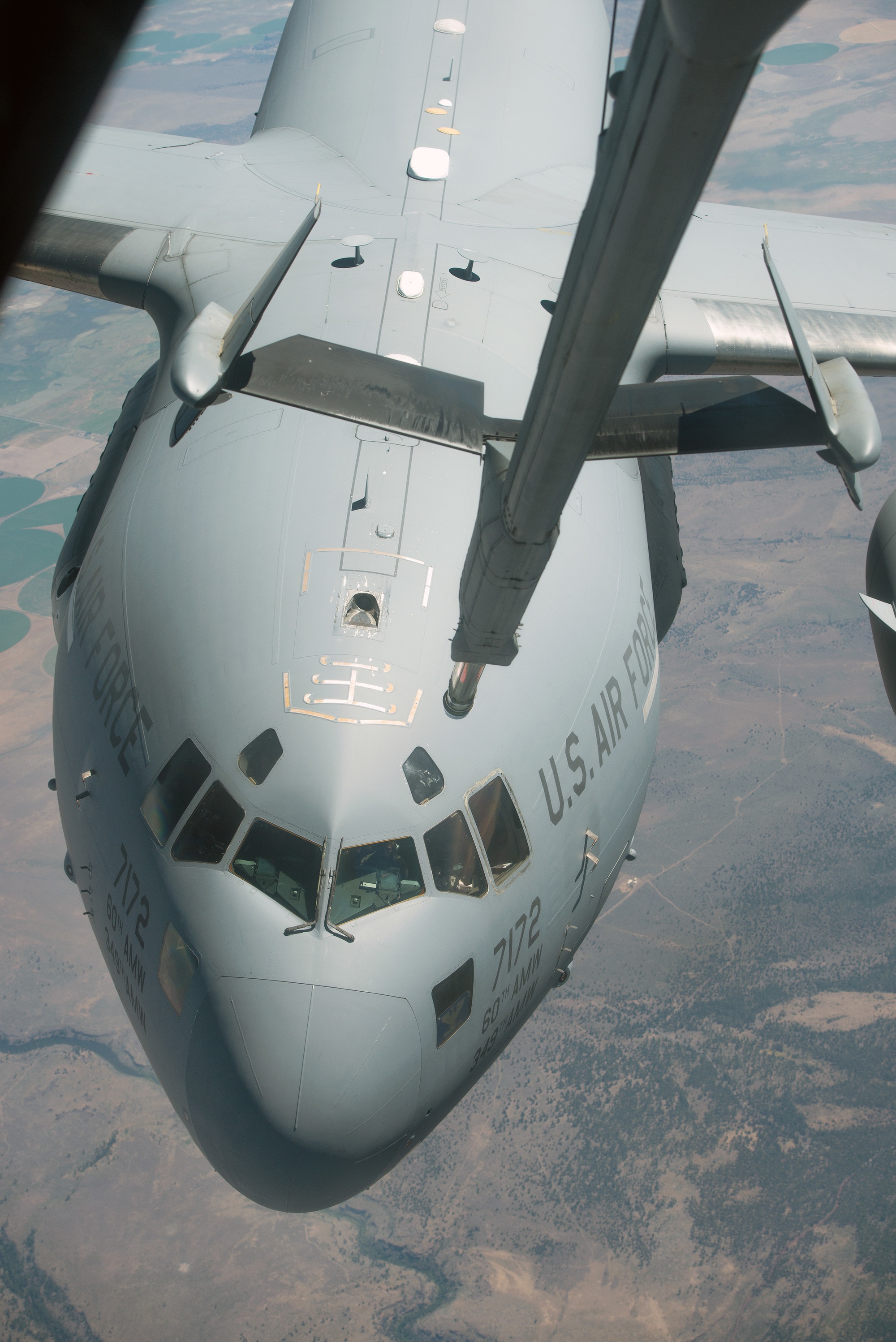SOURCE: AFI


The Indian Armed Forces have taken a significant step toward enhancing their operational capabilities by opting to lease a Boeing KC-135 Stratotanker from Metrea, an American military logistics firm. This decision, formalized through a wet lease agreement signed by the Indian Ministry of Defence, introduces a critical capability to extend the range of the Indian Air Force’s (IAF) C-17 Globemaster III and the Indian Navy’s P-8I Poseidon maritime patrol aircraft.
The primary rationale behind selecting Metrea’s KC-135, equipped with refueling booms, lies in addressing a long-standing limitation in India’s aerial refueling infrastructure and unlocking the full potential of these strategic assets.
India’s current fleet of aerial refueling tankers consists of six Ilyushin Il-78MKIs, inducted into the IAF in 2003. While these tankers have served as force multipliers for India’s fighter jets—such as the Su-30 MKI, Rafale, and Mirage 2000—using the probe-and-drogue refueling method, they are incompatible with aircraft requiring the boom refueling system. The Il-78’s refueling pods are designed to transfer fuel via a drogue, a flexible hose with a basket-like receptacle, which suits most of India’s fighter fleet. However, this system cannot offload fuel to aircraft like the P-8I Poseidon and C-17 Globemaster III, both of which are equipped with receptacles designed for the rigid, boom-based refueling method commonly used by the U.S. Air Force.
The P-8I Poseidon, a maritime patrol and anti-submarine warfare aircraft, boasts an unrefueled range of approximately 4,500 kilometers, while the C-17, a heavy-lift transport aircraft, can fly over 4,800 kilometers with a full payload. Despite these impressive ranges, their operational reach remains constrained without mid-air refueling, particularly for long-range missions in the Indo-Pacific region or rapid deployment scenarios. The inability of the Il-78 to refuel these platforms has limited India’s strategic flexibility, a gap that the KC-135 is poised to bridge.
Metrea’s KC-135 Stratotankers, originally acquired from the Republic of Singapore Air Force and the French Air and Space Force, are equipped with both boom and drogue refueling systems, offering versatility that aligns with India’s diverse fleet requirements. The boom system—a rigid, telescopic tube operated by a boom operator—delivers fuel at a higher rate and is specifically designed for large aircraft like the C-17 and P-8I. This compatibility is the cornerstone of India’s decision to opt for the KC-135, as it enables the IAF and Navy to extend the operational range and endurance of these platforms for the first time.
The C-17 Globemaster III is a vital asset for the IAF, used for strategic airlift, disaster relief, and troop deployment. Extending its range through mid-air refueling would allow it to undertake non-stop missions across vast distances—such as transcontinental supply runs or rapid response operations—without the need for intermediate landings. Similarly, the P-8I Poseidon, critical for maritime surveillance, anti-submarine warfare, and intelligence-gathering in the Indian Ocean Region (IOR), could patrol farther and longer, enhancing India’s maritime domain awareness amid growing regional challenges.
The introduction of the KC-135 addresses immediate operational needs while providing a stopgap solution as India evaluates long-term tanker options. The wet lease arrangement—where Metrea supplies the aircraft, crew, maintenance, and insurance—ensures rapid deployment without the IAF or Navy needing to invest in extensive training or infrastructure upfront. This is particularly advantageous given the Il-78 fleet’s well-documented reliability issues, including problematic refueling pods and difficulties sourcing spare parts from Russia, which have reduced its serviceability over time.
For the Navy, extending the P-8I’s range could prove transformative. With China’s increasing naval presence in the IOR and the need to monitor distant sea lanes, a refueled P-8I could loiter over key areas for extended periods, providing real-time intelligence and deterrence. Likewise, the IAF’s C-17 fleet, which has been pivotal in missions like the evacuation from Kabul in 2021 and humanitarian aid deliveries, would gain the ability to project power and support far beyond its current unrefueled radius.
NOTE: AFI is a proud outsourced content creator partner of IDRW.ORG. All content created by AFI is the sole property of AFI and is protected by copyright. AFI takes copyright infringement seriously and will pursue all legal options available to protect its content.